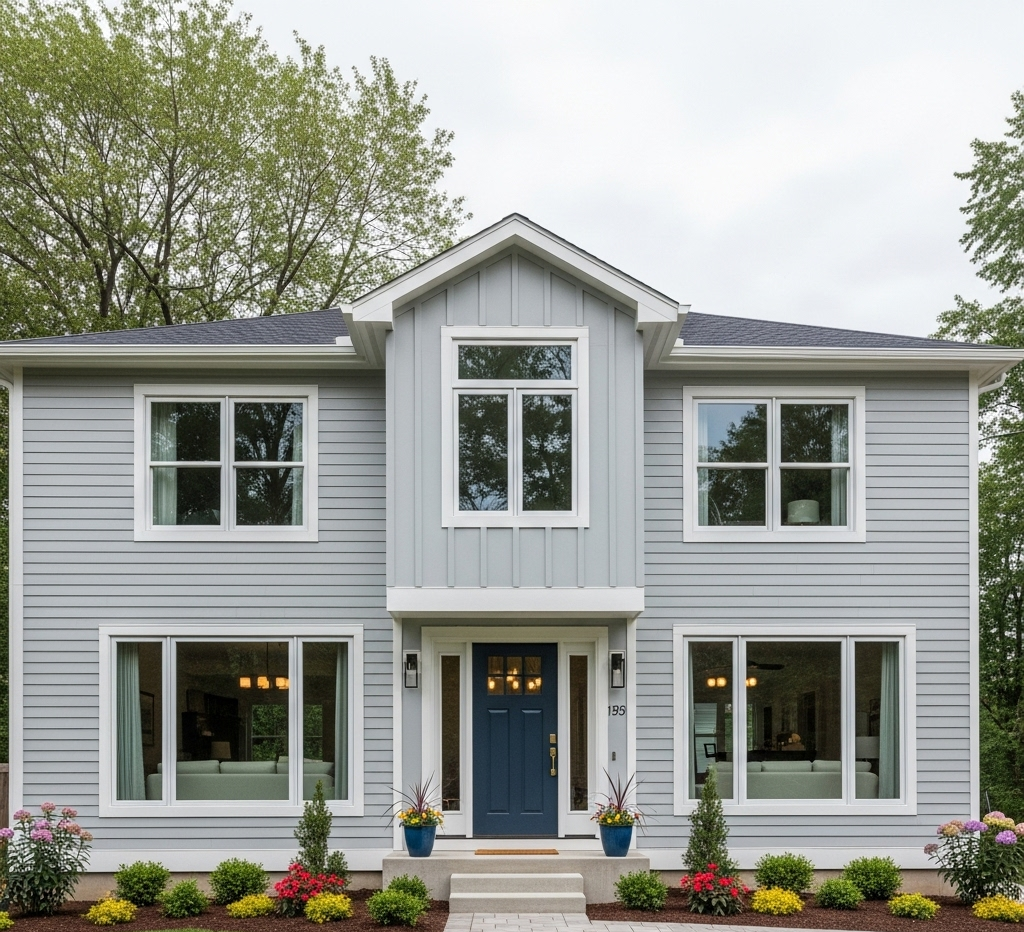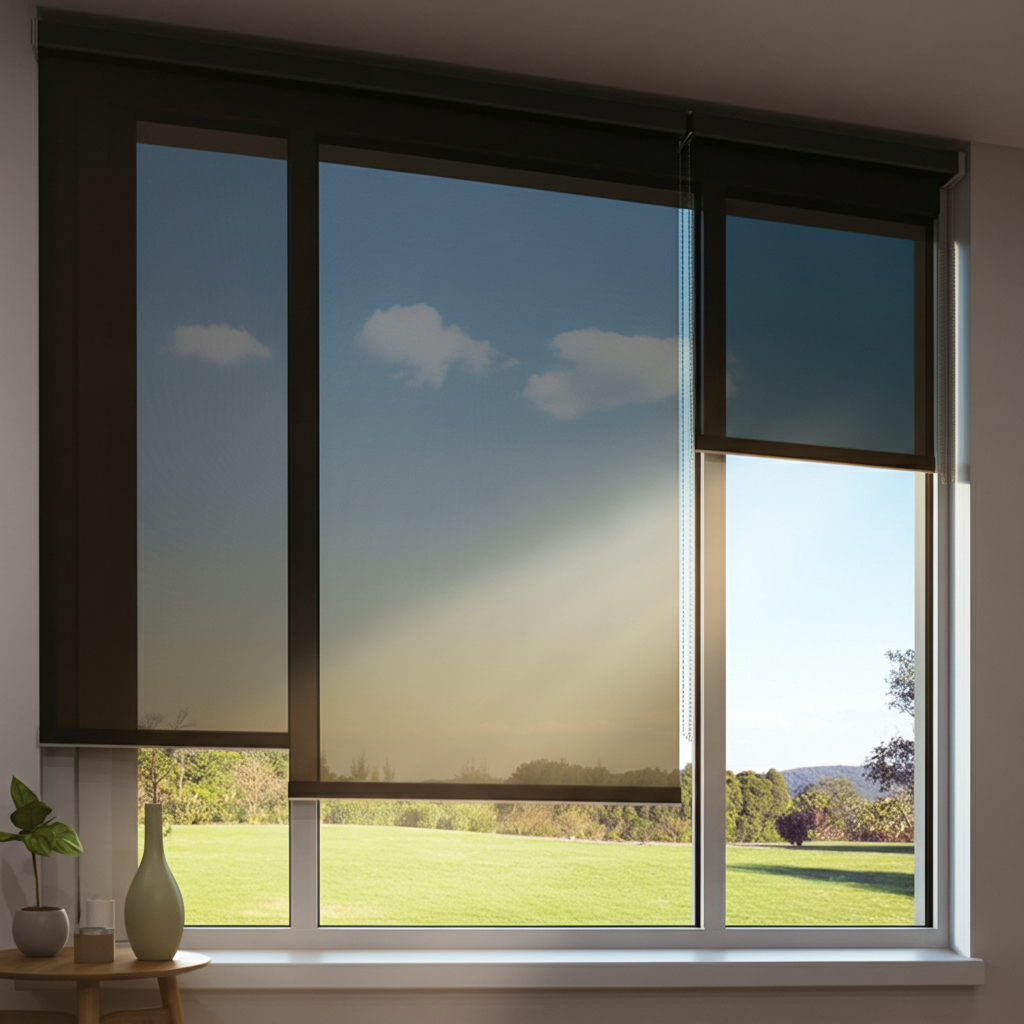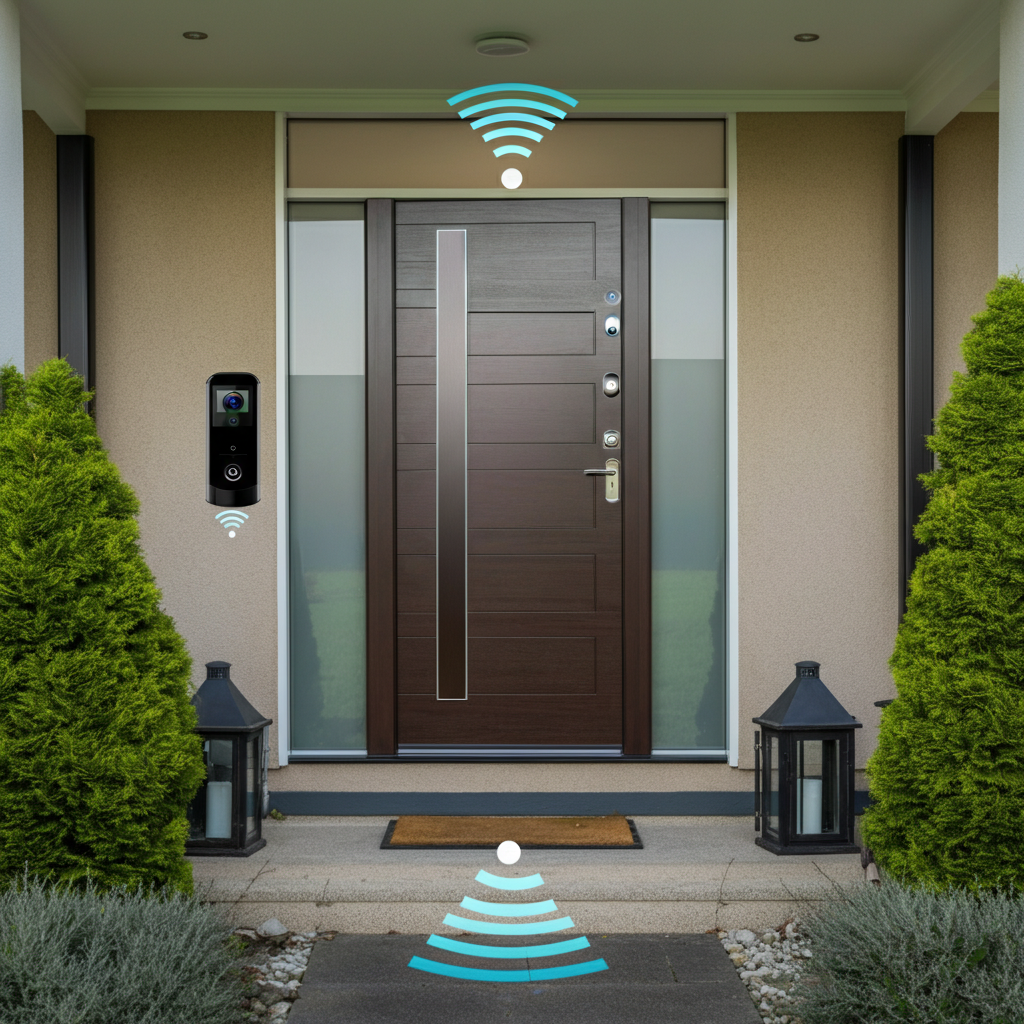Your home’s exterior plays a crucial role in its overall appeal, durability, and energy efficiency. In Chicago, where extreme weather is the norm, choosing the right siding, windows, and doors can make all the difference. As we move into 2025, homeowners are seeking solutions that combine modern aesthetics with advanced functionality. Here’s a guide to help you make the best choices for your Chicago home.
Siding Trends for 2025
The siding you choose not only protects your home from Chicago’s harsh weather but also defines its curb appeal. In 2025, siding trends focus on durability, energy efficiency, and eco-friendly materials.
Weather-Resistant Siding: Materials like fiber cement and engineered wood are perfect for Chicago’s extreme winters and hot summers. They resist cracking, warping, and rot, ensuring long-lasting protection.
Insulated Siding: Foam-backed vinyl and insulated panels improve thermal performance, reducing energy loss and helping homeowners save on heating and cooling bills.
Sustainable Options: Recycled composite and natural wood with eco-friendly treatments offer environmentally conscious choices without compromising durability or style.
Modern Color Palettes: Bold tones like deep blues, greens, and charcoal grays, paired with light trims, are popular for creating a contemporary look while complementing Chicago’s architectural charm.
Energy-Efficient Windows
Windows are a critical component of your home’s energy efficiency and comfort, especially in Chicago’s fluctuating climate. In 2025, advanced window technologies are transforming the way homes regulate temperature and maximize natural light.
Triple-Pane Glass: Provides superior insulation, reducing heat loss during winter and keeping interiors cool in summer.
Smart Windows: Features like automated tinting or self-cleaning coatings are perfect for tech-savvy homeowners. These windows adjust to light conditions or repel dirt and water for easier maintenance.
Low-E Coatings: Energy-efficient glass coatings reflect heat and UV rays, protecting your interiors from fading while reducing energy bills.
Durable, Low-Maintenance Frames: Vinyl, fiberglass, and composite frames offer strength and longevity, making them ideal for Chicago’s climate extremes.
Modern Door Designs
Your front door is more than just an entryway; it’s a focal point that adds character to your home and ensures security. In 2025, Chicago homeowners are prioritizing durability, style, and technology in their door choices.
Durable Materials: Fiberglass and steel doors are popular for their resistance to weather, warping, and denting. They offer exceptional durability with minimal upkeep.
Energy-Efficient Doors: Insulated core doors help reduce drafts and maintain indoor temperatures, enhancing comfort year-round.
Smart Locks and Security Features: Doors with integrated smart locks and video doorbells provide enhanced security and convenience, perfect for urban Chicago living.
Contemporary Designs: Sleek finishes, oversized glass panels, and modern hardware are in demand, blending functionality with style.
Integrated Designs for a Cohesive Look
Combining siding, windows, and doors into a unified design creates a seamless and polished appearance for your home.
Coordinated Colors and Textures: Match siding colors with window trims and door finishes to create a balanced and aesthetically pleasing exterior.
Architectural Harmony: Blend modern materials with traditional elements to complement Chicago’s diverse architectural styles, from historic bungalows to modern condos.
Increased Resale Value: A cohesive exterior upgrade not only improves curb appeal but also boosts your property’s market value.
Smart Technology Integration
2025 is the year of smart home technology, and it’s extending to the exterior. Innovations in siding, windows, and doors are making homes more efficient, secure, and convenient.
Smart Windows: Automated tinting windows adjust to sunlight, keeping interiors comfortable while saving energy.
Siding with Built-in Sensors: Some modern siding materials come with embedded sensors to detect moisture or structural issues early.
Smart Door Systems: Doors with integrated video cameras, smart locks, and motion sensors enhance security and provide peace of mind for homeowners.
Elevate Your Chicago Home in 2025
Upgrading your siding, windows, and doors in 2025 is about more than just aesthetics—it’s about creating a durable, energy-efficient, and secure home that fits your lifestyle and Chicago’s unique climate. By investing in modern materials, advanced technologies, and cohesive designs, you can transform your home’s exterior into a stylish and functional masterpiece.







